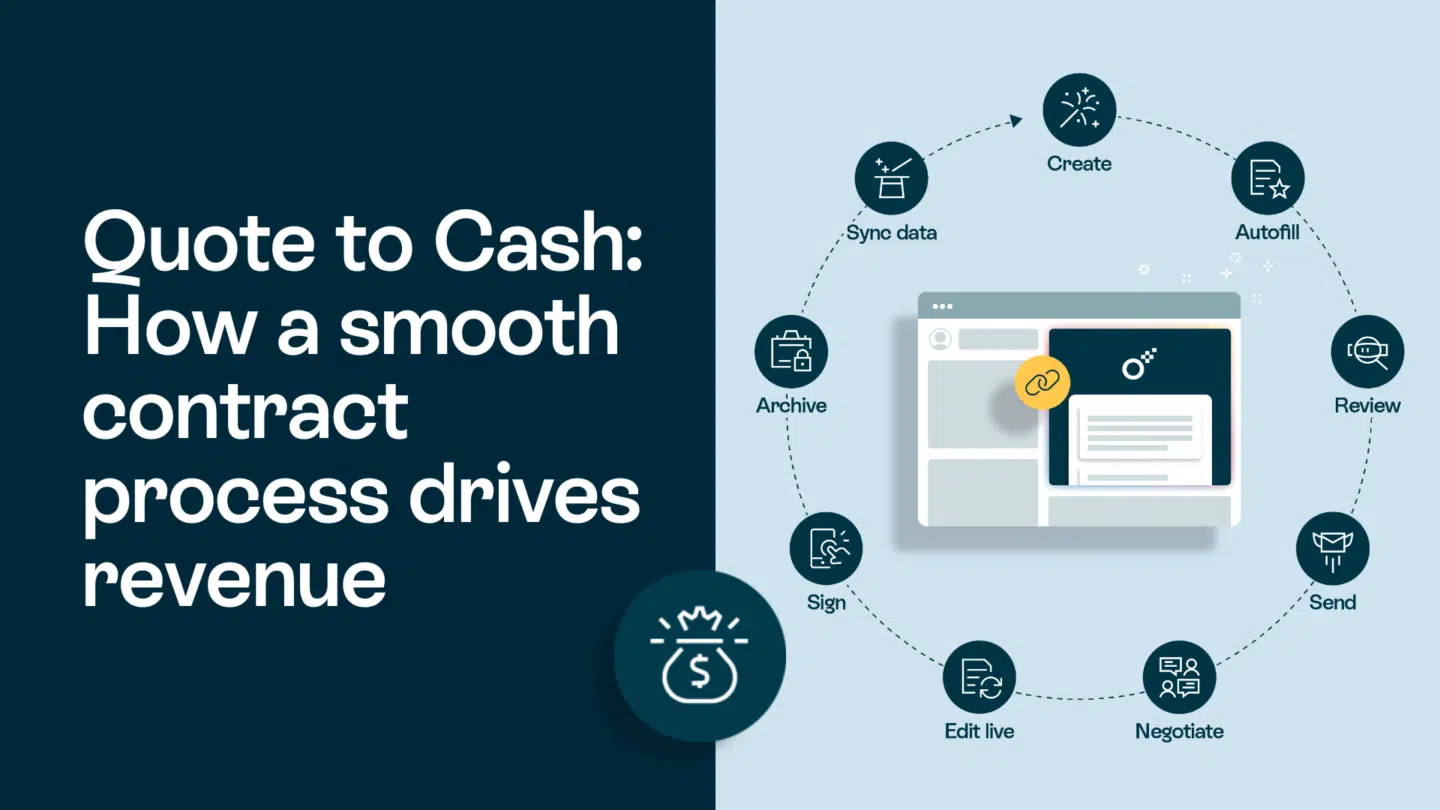Are you a budding entrepreneur looking to launch your own startup? If so, you’re in the right place. There’ll be lots of hurdles, but it’s also a lot of fun. In fact, one of the biggest hurdles is securing the necessary funding to get your business off the ground. However, there is a method that can help you overcome this hurdle and propel your startup to success: bootstrapping.
Bootstrapping: The 101
Before we dive into the details of how to bootstrap your startup, let’s first understand what bootstrapping actually means. In simple terms, bootstrapping refers to starting and growing a business without external financing or investors. It’s about utilizing your own resources and being extremely resourceful to make things happen.
Bootstrapping is a fundamental concept in the world of entrepreneurship, often considered the ultimate test of a founder’s abilities. It requires a unique blend of creativity, resilience, and strategic thinking to navigate the challenges of building a business from the ground up without the safety net of external funding. Entrepreneurs who choose to bootstrap their startups are essentially betting on their own skills and vision to drive success.
Read also: Why Oneflow is a contract platform for everyone

What is bootstrapping?
Bootstrapping is all about being scrappy and creative with the limited resources at your disposal. It means cutting costs wherever possible and finding innovative solutions to common problems. Rather than relying on outside funding, you rely on your own hard work, determination, and ingenuity to make your startup successful.
One of the key aspects of bootstrapping is the emphasis on sustainability and self-reliance. By building a business organically, entrepreneurs can establish a solid foundation that is not dependent on external factors. This approach fosters a sense of ownership and responsibility, as every decision directly impacts the company’s growth trajectory.
Why is it important to bootstrap for your startup?
Bootstrapping is important for startups because it allows you to maintain control over your business. You don’t have to answer to investors or worry about their expectations. You have the freedom to make decisions based on what’s best for your company, not what’s best for your investors. Additionally, bootstrapping forces you to be lean, efficient, and resourceful, which can ultimately lead to long-term success.
Furthermore, bootstrapping instills a sense of resilience and adaptability in entrepreneurs, as they learn to navigate the unpredictable nature of the business landscape without the cushion of external funding. This hands-on approach to building a company fosters a deep understanding of every aspect of the business, from operations to finance, and cultivates a mindset focused on sustainable growth and innovation.
Read also: Top 11 free tools for startups to run a business

How to bootstrap your startup
Now that we’ve covered the basics of bootstrapping, let’s explore some essential steps to bootstrap your startup and set it up for success.
Starting a business from scratch can be a daunting task, but with the right approach, it can also be incredibly rewarding. By following these key steps, you can increase your chances of building a successful startup that stands out in the competitive market.
Evaluate your business idea
The first step in bootstrapping your startup is to thoroughly evaluate your business idea. Is there a market for your product or service? What sets you apart from your competitors? By critically assessing your business idea, you can identify any potential shortcomings and make any necessary adjustments before moving forward.
Conducting market research and gathering feedback from potential customers can provide valuable insights into the viability of your business idea. It’s essential to listen to the needs and preferences of your target audience to ensure that your product or service meets their expectations.
Build a lean business model
Once you’ve evaluated your business idea, it’s time to build a lean business model. This involves identifying your target audience, understanding their needs, and developing a product or service that meets those needs. By focusing on the essentials and avoiding unnecessary expenses, you can create a lean business model that maximizes efficiency and minimizes costs.
Creating a minimum viable product (MVP) can be a cost-effective way to test your business idea and gather feedback from early adopters. This iterative approach allows you to make improvements based on real-world data, increasing the likelihood of success when you launch your full product or service.
Find the right team
Every successful startup needs a strong team behind it. When bootstrapping, it’s crucial to find the right team members who are not only skilled but also aligned with your vision and values. Look for individuals who are passionate, self-motivated, and willing to go the extra mile to help your startup succeed.
Building a diverse team with a range of skills and expertise can bring fresh perspectives and innovative ideas to the table. Collaborating with like-minded individuals who share your passion for entrepreneurship can create a dynamic work environment where creativity thrives and challenges are met with enthusiasm.
Read also: How Oneflow can help your start-up streamline processes and boost efficiency

Think about money when bootstrapping
Once you’ve laid the foundation for your bootstrapped startup, it’s time to focus on financial management. Precise budgeting, effective cash flow management, and cost-cutting measures are the keys to success.
Establishing a solid financial management strategy is crucial for the sustainability and growth of your bootstrapped startup. In addition to budgeting, cash flow management, and cost-cutting, it’s important to consider long-term financial planning. This involves setting financial goals, forecasting future expenses, and identifying potential sources of funding or investment to support your business’s expansion.
Set a budget for your startup
Creating a budget and sticking to it is crucial when bootstrapping your startup. Make a detailed plan for every aspect of your business, including expenses such as rent, utilities, salaries, and marketing. By having a clear understanding of your financial situation, you can make informed decisions and allocate resources effectively.
Furthermore, it’s beneficial to regularly review and adjust your budget as your business evolves. By analyzing your financial performance and comparing it to your initial projections, you can identify areas where you may need to reallocate funds or implement cost-saving measures to optimize your budget.
Manage your cash flow
Managing cash flow is vital for the survival of any startup. Monitor your income and expenses closely, and ensure that you have enough cash on hand to cover your costs. Consider implementing effective invoicing systems and negotiating favorable payment terms with your clients to ensure a steady flow of cash into your business.
Additionally, building a cash reserve for unexpected expenses or lean periods can provide a financial safety net for your startup. By setting aside a portion of your revenue as a contingency fund, you can mitigate the impact of unforeseen challenges and maintain financial stability during turbulent times.
Cut costs without cutting corners
When bootstrapping, finding ways to cut costs without compromising the quality of your product or service is essential. Look for cost-effective alternatives, negotiate deals with suppliers, and consider outsourcing certain tasks to reduce overhead expenses. Being resourceful and creative can go a long way in saving money while maintaining a high standard of quality.
Moreover, fostering a culture of cost-consciousness within your startup can encourage employees to contribute innovative cost-saving ideas. By involving your team in the cost-cutting process and rewarding their efforts to find efficient solutions, you can create a collaborative and financially sustainable environment for your business.
Read also: Ten ways to build a recession proof business

How to do marketing on a shoestring budget
Finally, let’s explore how you can effectively market and grow your bootstrapped startup with limited financial resources.
Leverage social media for promotion
Social media platforms provide a cost-effective way to promote your startup and reach a wide audience. Create engaging content, interact with your followers, and leverage social media advertising to increase your brand visibility. Remember, it’s not about how much money you spend on marketing, but rather how effectively you connect with your target audience.
Implement growth hacking strategies
Growth hacking is a term coined for innovative and unconventional strategies that fuel fast growth. Think outside the box and come up with unique ways to attract customers and increase your user base. Whether it’s offering referral incentives, creating viral content, or partnering with complementary businesses, growth hacking can help propel your bootstrapped startup to new heights.
Network and build partnerships
Networking and building partnerships can be invaluable when bootstrapping your startup. Attend industry events, join relevant communities, and connect with other entrepreneurs who share your interests. Collaborating with like-minded individuals can lead to new opportunities, shared resources, and increased visibility for your startup.
The key takeaways
Bootstrapping your startup can be a challenging and rewarding journey. By understanding the concept of bootstrapping, following the essential steps, and implementing effective financial management and marketing strategies, you can set your startup on the path to success without relying on external funding. Remember, in the world of startups, where resources are scarce, creativity and resourcefulness are your greatest assets.







